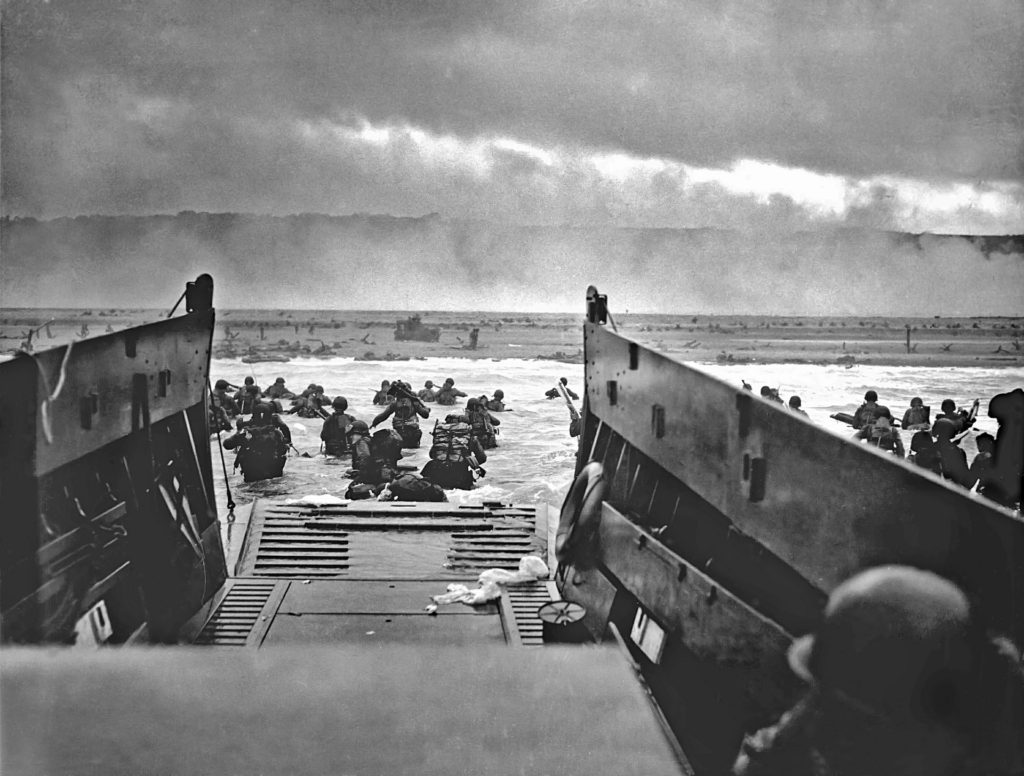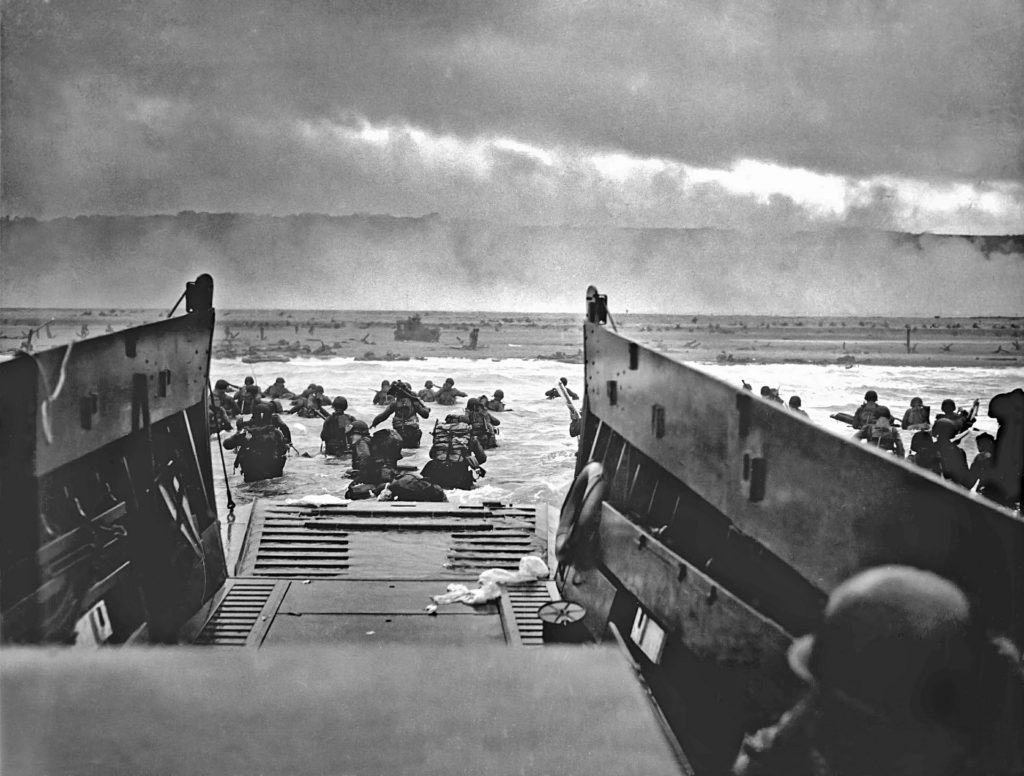
Early on the 6th June 1944 D-Day began. It was the beginning of Operation Overlord. This was the military operation that would ultimately bring about the defeat of Hitler’s Nazi Germany and the end of World War Two in Western Europe.
On its 75th anniversary we look at why we should remember this military event and, why it is important for children to learn about it?
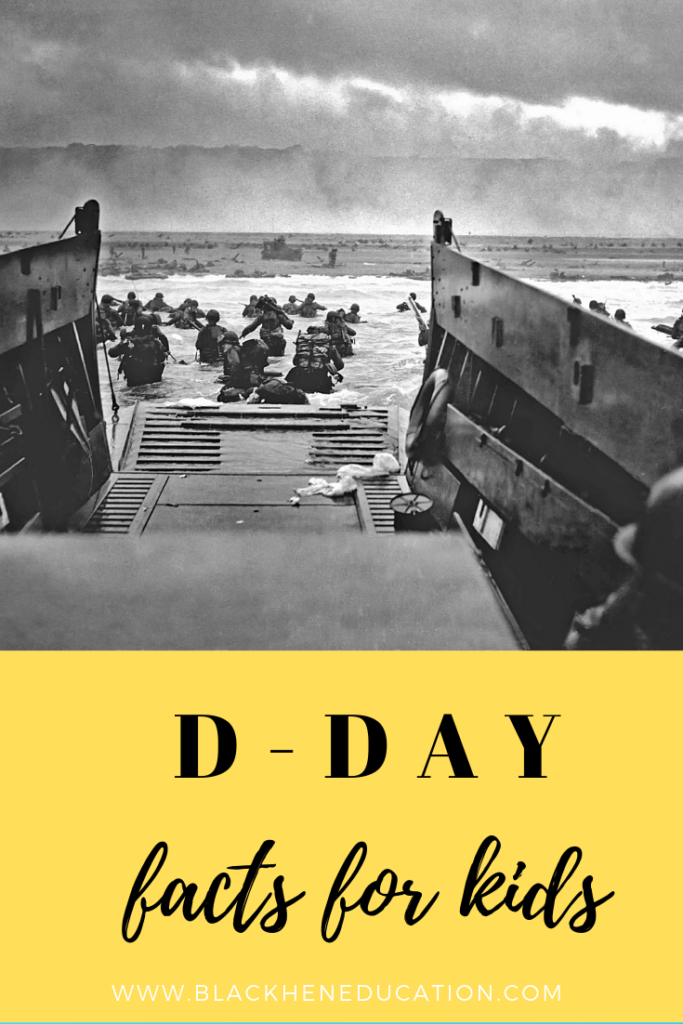
1. Size
For a start, the sheer scale of it! It was the largest seaborne invasion in history. The total Allied Force numbered over 156,000 troops: 61,700 British, 73,000 American & 21,400 Canadians, along with support from several other countries and the French Resistance. There were in total 6,939 allied boats and 11,590 aircraft involved.
2. Symbolism (and what it meant to the war effort)
It broke the Nazi hold on Western Europe. It shattered once and for all the belief that Hitler’s forces could not be beaten. For four years his conquest of most of Europe, through superior technology and highly trained troops, had made a Nazi dominated future look likely. Now the Germans were on the back foot!
3. Unity
It managed to bring a huge number of people together with a common goal. It successfully united many nations together in fighting against Hitler’s Germany. The operation included the British, Americans, Canadians, French, Australians, New Zealanders, Dutch, Greeks, Belgians, Czechs, Polish and Norwegians amongst others, united against the Nazis and their allies.
4. Ingenuity
There were many clever inventions and innovations created for this one day. These included: A tide prediction machine, specialised troop landing craft, artificial harbours (Mulberries) and two underwater fuel pipelines stretching from England to France (PLUTOS).
5. Sacrifice
Whilst there was great preparation put into minimising the casualties that an operation of this kind would bring by the Allied High Command, inevitably there was a great loss of life (watch the ‘Beach Scene’ in ‘Saving Private Ryan’ for an idea). The initial assault is estimated to have cost the lives of 5,500 allied troops and 3,000 civilians, along with over 1,000 German troops.
Further Research
Naturally this is a huge area, but there are many ways to find out more about this historic day. These include films, documentaries, interactive games, books and websites.
To make a start you could look below:
Books:
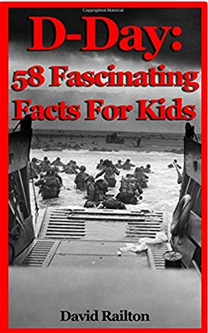
D-Day: 58 fascinating Facts for Kids by David Railton
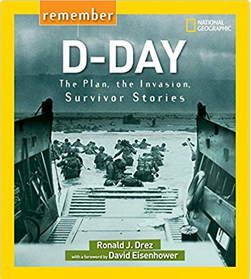
Remember D-Day: The Plan, the Invasion, Survivor Stories by Ronald J. Drez
Web:
BBC Newsround https://www.bbc.co.uk/newsround/27711699
History.Com https://www.history.com/topics/world-war-ii/d-day
BBC Time Watch Documentary https://www.youtube.com/watch?v=KPWoH_S0c0o
YouTube Clip: ‘Saving Private Ryan- Omaha Beach Scene’ https://www.youtube.com/watch?v=hdBEyitJ7Qc *
*Please be aware that this does contain some graphic imagery.

